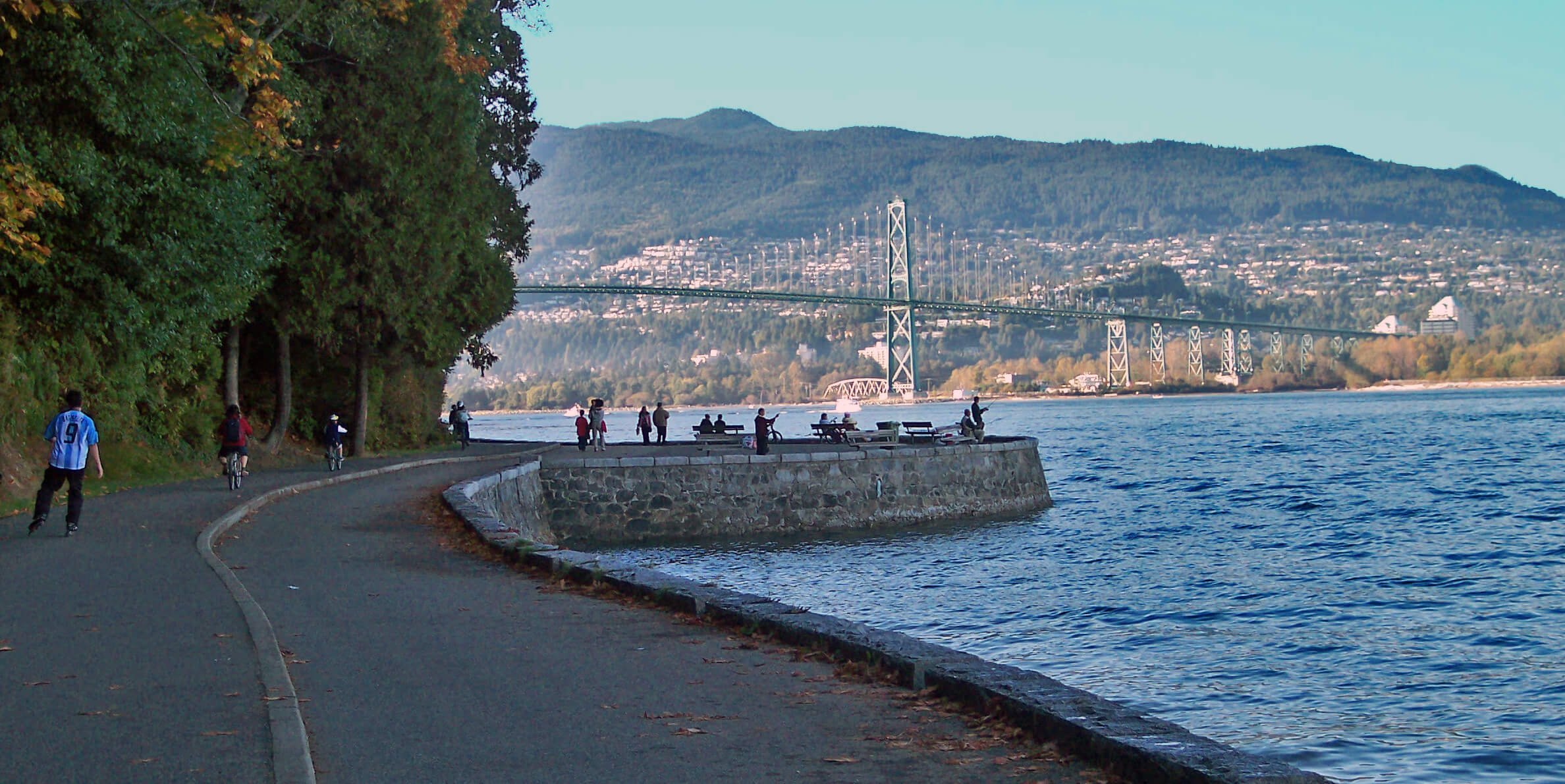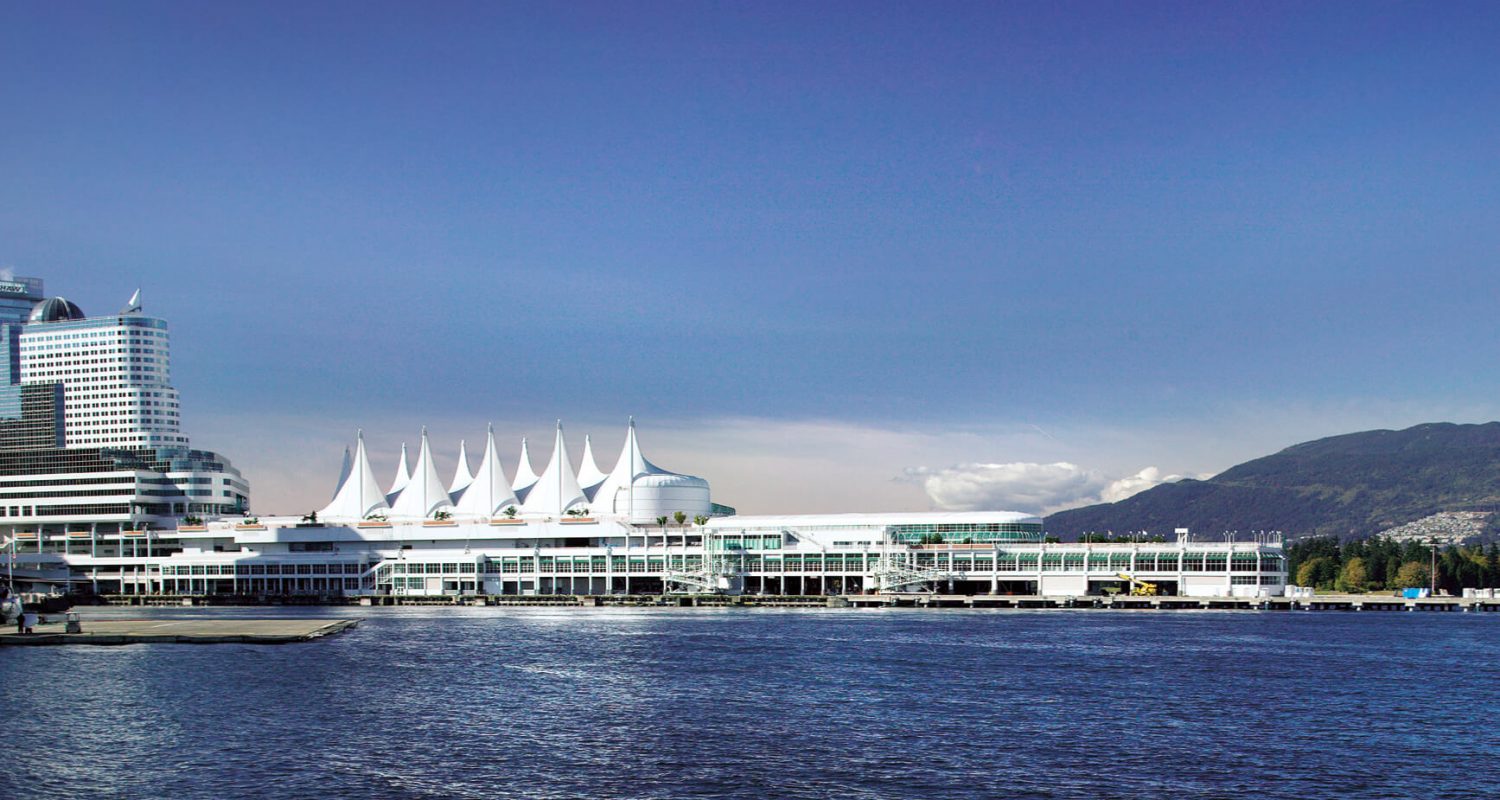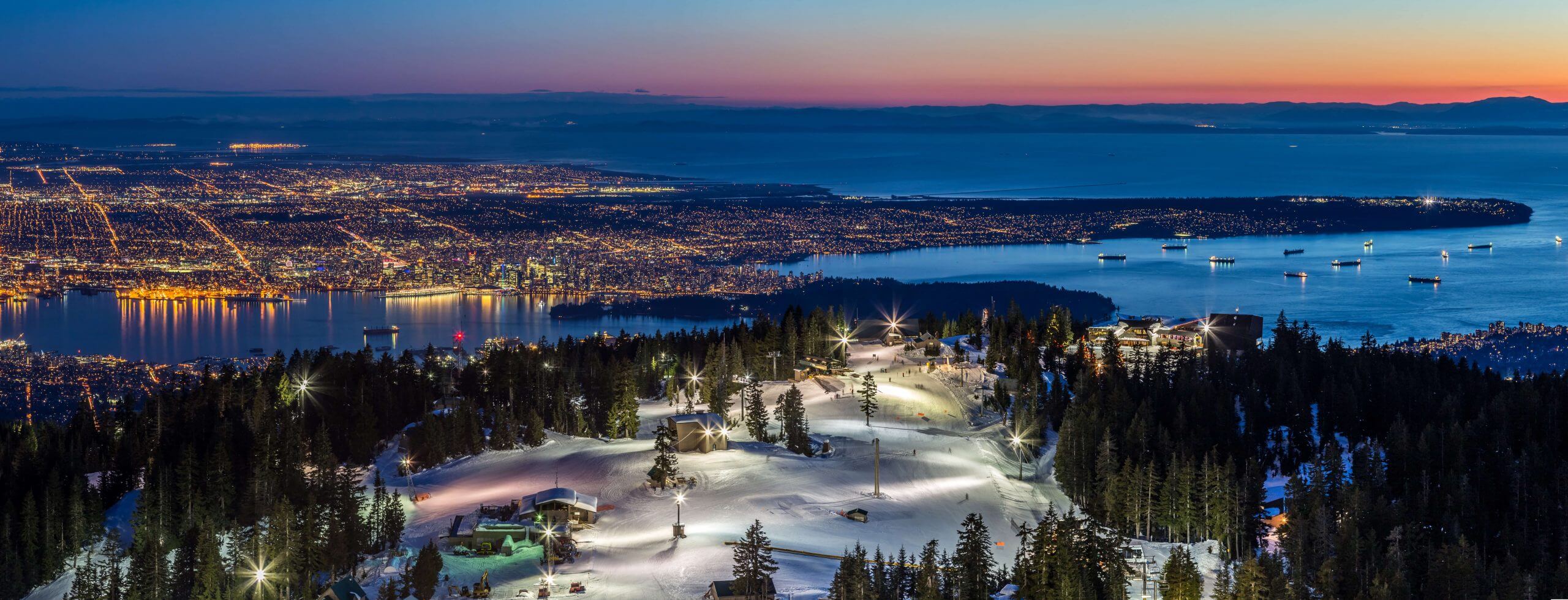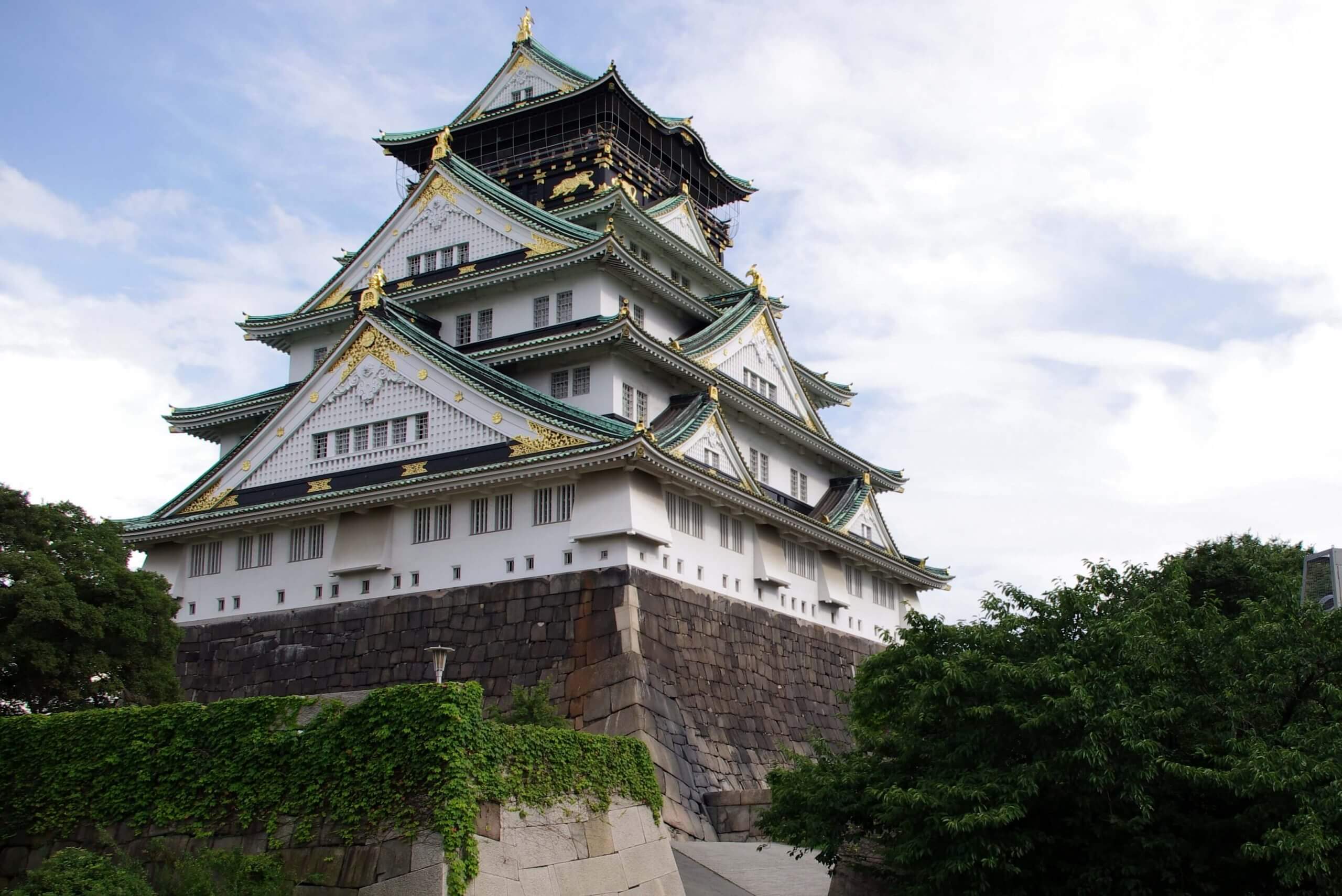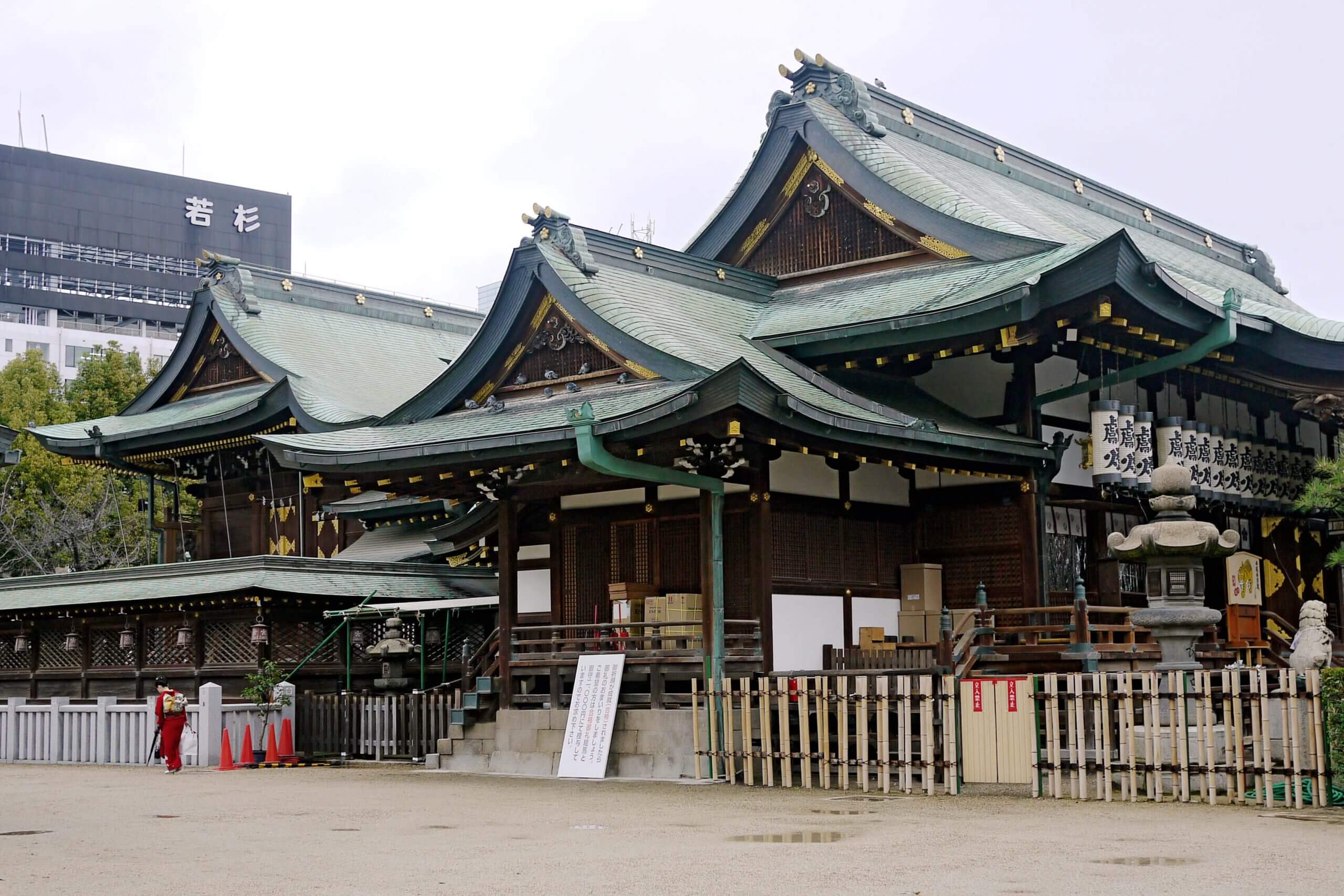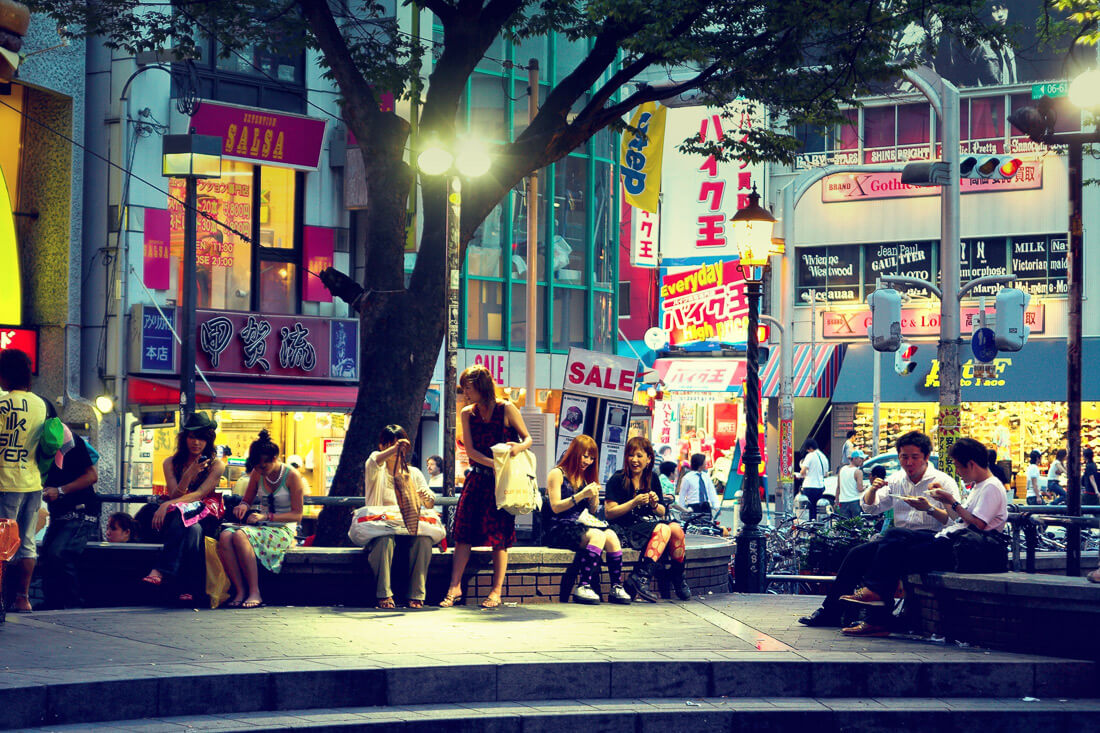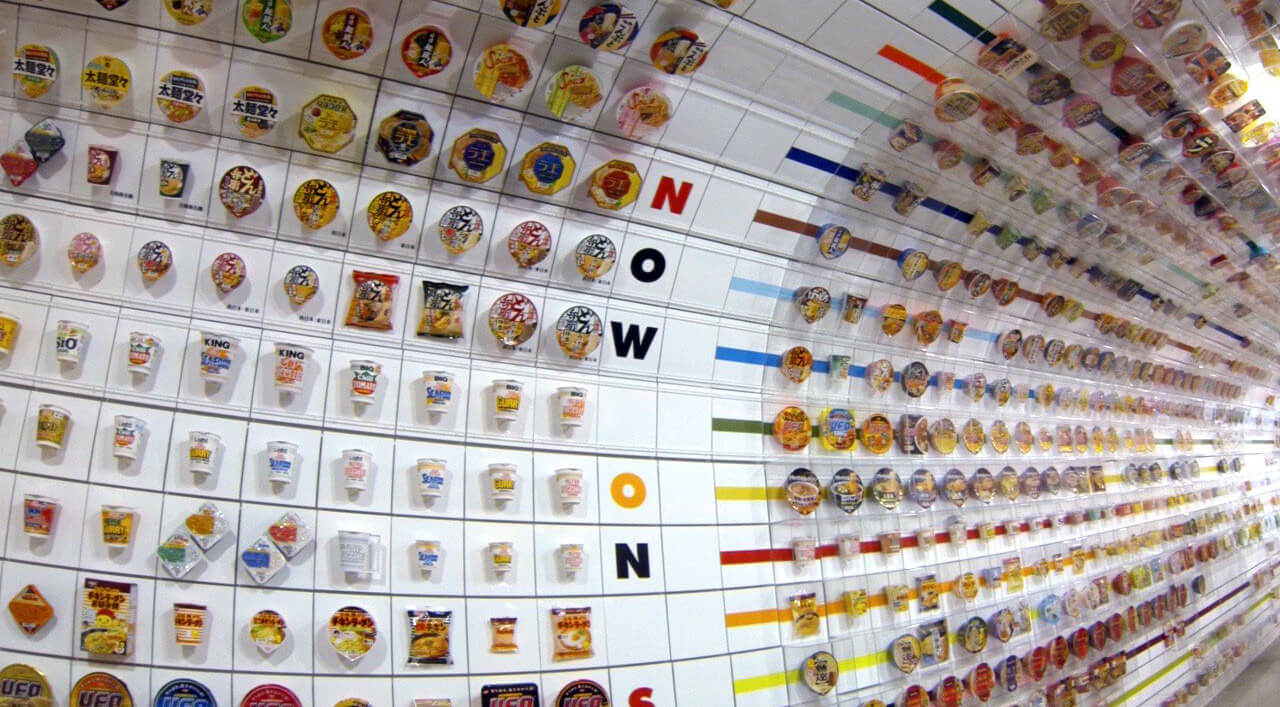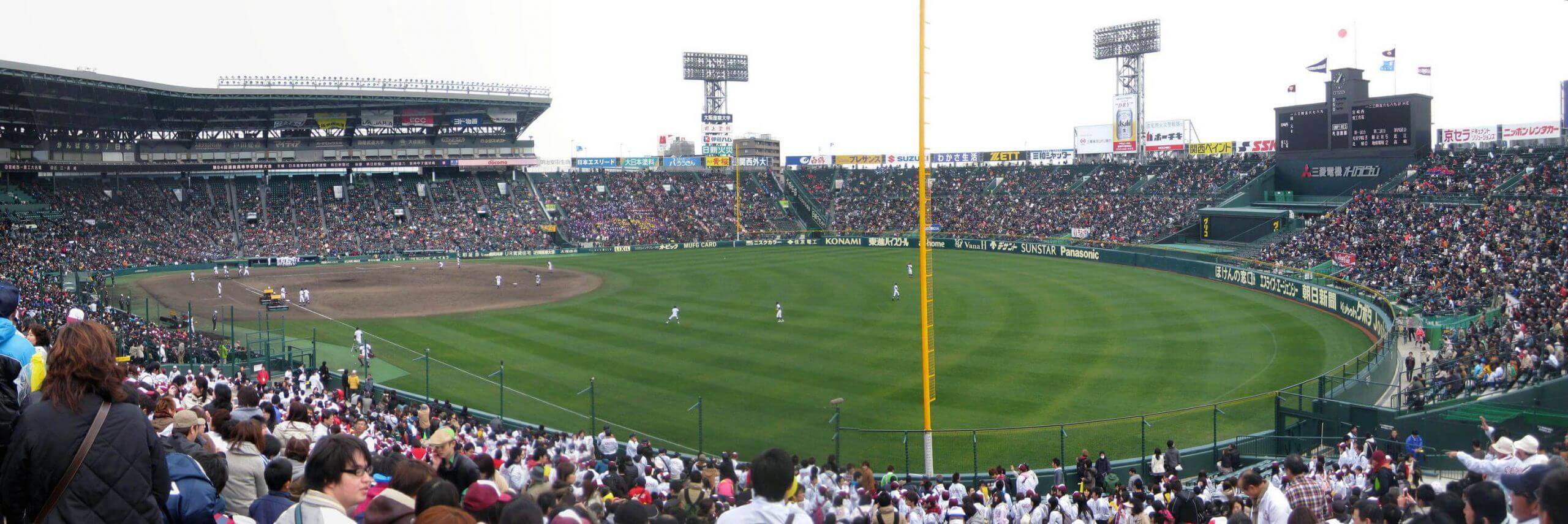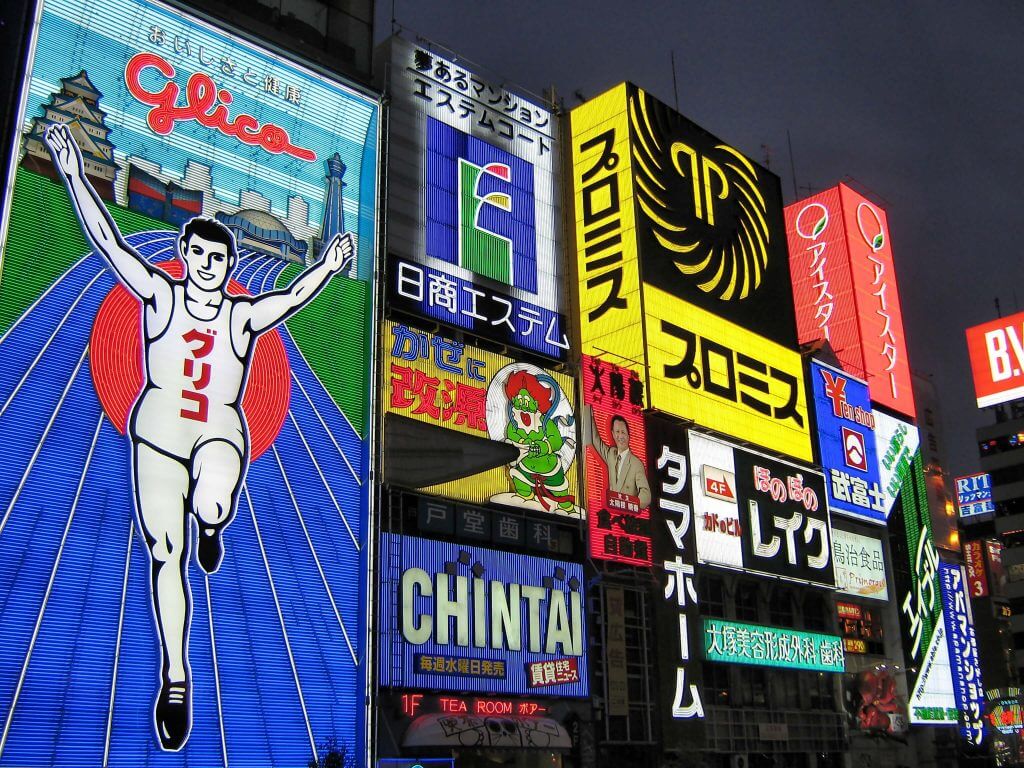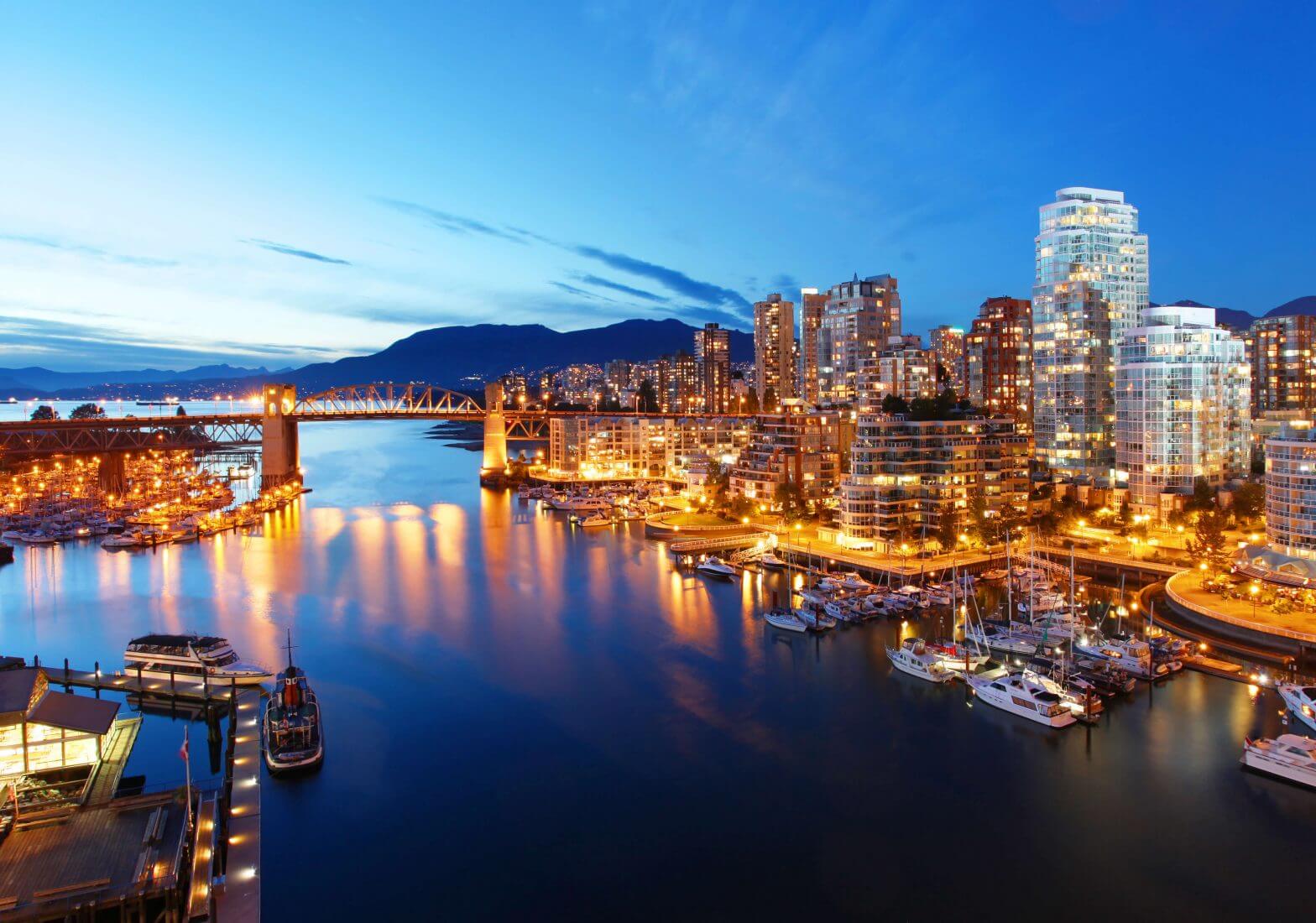
There are places in the world that grab your heart and Vancouver is one of them. I’ve spent more than 20 years here and it never stops. It’s possible to define the different parts of the place, but not the whole.
Let me tell you about some of the best parts.
Let’s start by picking up a bicycle from Spokes Bicycle Rentals at the edge of Stanley Park, the thousand acres of mostly wild British Columbia that juts out onto the Pacific and anchors Vancouver. We’ll sizzle along the park’s wraparound six-mile-long seawall, which is a rite of passage for most visitors to this extraordinary city on Canada’s west coast.
Now let’s decide on a hotel. Location. Location. Location. Right? In Vancouver that means the waterfront: Stanley Park next door; the North Shore mountains across the bustling harbor; and spectacular sunsets over the Pacific morphing peaks of Vancouver Island golden in the distance.
Almost all visitors trek to Canada Place for these spectacular and aha-inducing scenes. Why not stay right there at the glass-walled Pan Pacific Vancouver? It’s the only hotel that teeters over the harbor. Even without considering its ideal location, experts consistently rank it among the best hotels in the city.
If you want something with less hoopla, away from the cruise ships and float planes that dock next to the Pan Pacific, the Fairmont Waterfront Hotel is across the street, offering outstanding service from a large staff and even a dog to walk, if you care to.
There’s a glut of great hotels in this city, but only one waterfront. Why sleep in the inner city? Just saying.
A block from Canada Place is Gastown, the cobble-stoned historic heart of Vancouver featuring fine casual restaurants. We like The Water St. Cafe for lunch or brunch, especially the see-and-be-seen outdoor patio when the sun shines.
Another few blocks distant is Vancouver Magazine’s restaurant of the year for 2016. Maenam serves “authentic Thai cuisine with innovative twists on centuries-old recipes.” It’s located in Kitsilano neighborhood, a hood where you just can’t imagine a Streetcar-Named–Desire lifestyle. It’s close to the beach and only a 15-minute drive across Burrard Bridge from our Canada Place base.
On the other hand, nobody should leave northern Pacific waters without dining on seafood. We believe the best is served at Blue Water Cafe, and on this Vancouver Magazine also agrees.
The New York Times has called Yew Seafood and Bar (“where cocktails go down easy”), the best place in Vancouver for a nightcap. It’s in the Four Seasons Vancouver, a great hotel, just not on the waterfront. It connects to a vast shopping mall if that’s your thing.
A far more hip place for a drink is The Keefer Bar, located in Vancouver’s Old World Chinatown, five minutes from Canada Place. Buzzfeed buzzed about in a piece titled 19 Bars Around The World You Should Drink At Before You Die.
From Canada Place, walk the waterfront back to Stanley Park and discover the hallways of tall Douglas firs among the park’s 1,000 acres until you can’t take any more beauty. The First Nations’ totem poles at Brocton Point are British Columbia’s most-visited attraction because of the nine jillion tour buses that stop there. Go early in the morning to experience the vibe.
Across Lions Gate Bridge is a gondola at the base of Grouse Mountain, another must-do while visiting Vancouver. During summer months, free shuttles operate from Canada Place.
Close by is Capilano Suspension Bridge, which spans a shimmering river where Pacific Ocean salmon spawn. Free shuttles also travel here from downtown locations. Both Grouse Mountain and the suspension bridge charge fees.
Throughout greater Vancouver there are reminders that Canada is the homeland of First Nations people. But no place showcases that rich culture deeper than the incomparable Museum of Anthropology, which features permanent and traveling exhibits. Like Seattle, Vancouver gets rain and days on end when the sky is the color of old dimes. That’s when this museum can be the best place to go.
Located on the spacious grounds of the University of British Columbia, it’s what you’ll rave about at dinner parties when you get home. Sometimes our own ignorance can really move us. And that’s a reason to travel.
Other rainy day attractions include the Vancouver Art Gallery, the largest in Western Canada and featuring traveling exhibits like Picasso and a large permanent collection from the astounding work of West Coast artist Emily Carr.
Vancouver in its early days was nailed together hurriedly from odd lots of old growth timber. Canadian prime minister Justin Trudeau is the son of Pierre Trudeau, who was perhaps the most dominant prime minister to ever serve Canada. On a visit to Vancouver about 40 years ago, he remarked “Vancouver will be a nice place when it’s finished.” He was right.
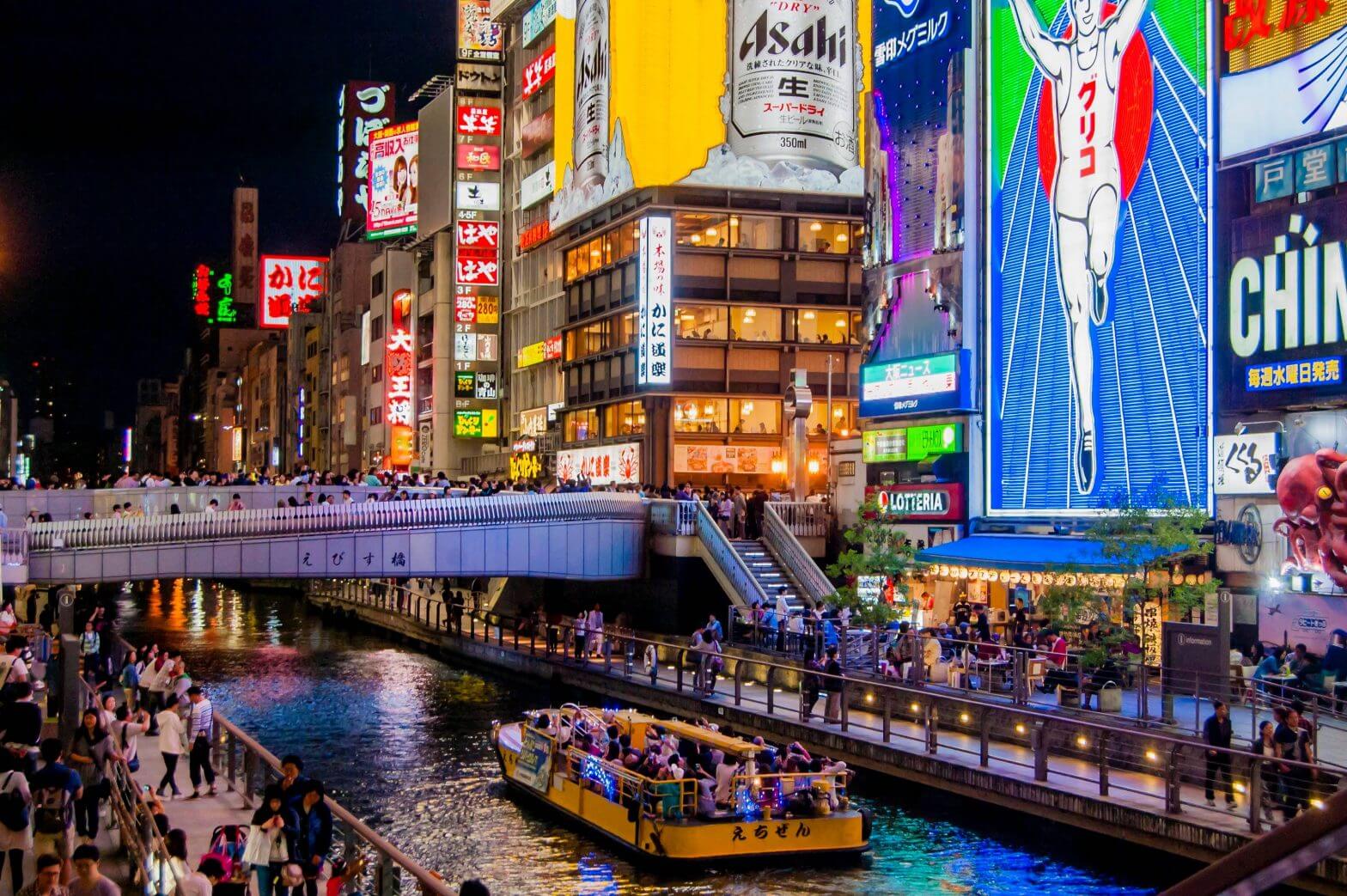
Every trip to Osaka should include a visit to Osaka Castle, a breath-taking, Disney-like structure built in the latter half of the 16th century. Stop by in the morning, when the crowds are thin, and spend a couple of hours taking in the castle’s ageless beauty and watching cyclists and runners race around a shaded gravel track that traces its impressive, silvery moat.
Most Japanese eat breakfast at home, but there are plenty of bakeries serving on-the-go meals in the morning. Check out The City Bakery at Grand Front Osaka for a bite to eat and good coffee. On your way to the bakery, swing through Nakanoshima Park, an islet between the Dōjima and Tosabori Rivers. Nakanoshima, the first public park in Osaka, was built in 1891, and today it incorporates a library, a ceramics museum, and a picturesque little rose garden.
Assuming you’ve worn your walking shoes, leave The City Bakery, skipping over Umeda for now, and stroll over to Tenjinbashi. Here you’ll find a nearly two-mile long covered promenade jam-packed with boutiques, restaurants, bars, cafés, convenience stores, and more. Before you pick up a miso starter from Torii Miso, some kitchen goods from House Kaneki, and more fashion than you know what to do with at Ae-Sop, check out the Tenmangu Shrine, the most revered Shinto shrine in Osaka, the religious site itself dating back a millennium.
When hunger strikes, set down your shopping bags and blend in with the locals at Harukoma. Unmistakable for its perpetual queue, this sushi spot delivers on many levels—one being it’s affordable, with an average meal for two costing roughly $30. After your meal, chill out with a pint of Japanese ji-biru (craft beer) at nearby Beer Belly Tenma, a small brewpub associated with Minoh Beer, an award-winning brewery run by three sisters.
When night falls, head to Amerikamura, “America Town,” the eclectic epicenter of Osaka street culture. This former warehouse district-turned-hotspot for teens and twentysomethings offers yet another opportunity to shop, but this time for wilder things. Make sure to visit Village Vanguard; it may bill itself as a bookstore, but it’s more like a one-stop shop for every facet of Japanese pop-culture under the sun: anime, vinyl albums, hip-hop streetwear, downright absurd magnets, pins, and buttons, and so much more.
In Osaka, there are really only two dishes you have to try, one being takoyaki, golden balls of goodness filled with octopus and topped with sweet soy sauce and mayo. Grab a pack of six from Koryagu, a garishly decorated indoor-outdoor shop kitty-cornered from Sanakaku Koen, or “Triangle Park,” which is essentially the hub—and most prime people-watching spot—of Amerikamura. In the mood for a longer night? Go to Bar Nayuta, right across the street from the Triangle Park. It’s cheap, cheerful, and full of a motley crew of characters. Plus, it stays open very late—5-AM late.
Afterward, unwind at your room. Highly recommended are Hotel Monterey Grasmere Osaka and the five-star St. Regis Osaka.
Momofuku Ando Instant Ramen Museum
Start your day off with breakfast in Dōtonbori at Kissa American, a jun-kissa, or basic café. After a round of eggs, bacon, and coffee, take the subway to Umeda, where you can get a sky-high perspective of Japan’s second city at the floating garden inside the Kiji Umeda Sky Building ($10 entrance fee).
After you descend from this dizzying height, here’s an oddball for you: a trip to the Momofuku Ando Instant Ramen Museum. It might sound kitsch, but it’s actually one of the more interesting modern museums in Japan. Pay your respects at the statue of the inventor of packaged ramen before you enter this surprisingly large space, where you can stroll through a tunnel of ramen variations and later create your very own cup of the instant soup.
If you’re lucky enough to be in town during a Hanshin Tigers baseball game, then shuttle over to Hanshin Koshien Stadium to take part in the ritual of watching Japanese baseball from the grandstands. If you’re not so lucky, then go for a different kind of cultural experience, a traditional puppet show at the National Bunraku Theatre.
Round out your whirlwind 48 hours at Osaka’s neon-lit hotbed for tourist activity, Dōtonbori. The first stop should be the bridge crossing the Dōtonbori canal. Here is the perfect perch to snap a photo of the iconic, neon-lit Glico running man. Photo-op complete, round the corner to chow down on the other dish you have to try in Osaka, okonomiyaki.
Unfairly referred to as the “Japanese pancake,” okonomiyaki is, in fact, a much greater thing: shredded cabbage, Japanese yam, egg, dashi, and a flour-based batter, cooked on a griddle and topped with shredded bonito flakes as well as crisscrossed lines of mayo and a sweet sauce that tastes a little like Worcestershire. A good bet is CHIBO, which is right in the middle of Dōtonbori’s walking street. Call ahead to get a seat at the bar, where the chefs put on shows for their clientele each night.
If you still have some energy left, check out the institution that is Bar Core, a so-called stand bar (no tables, in other words), with room for only six at a time. Here you can chew the fat with the dapper barman over some rare, aged Japanese whiskeys and end your 48-hour stay in style.
Just another WordPress site
